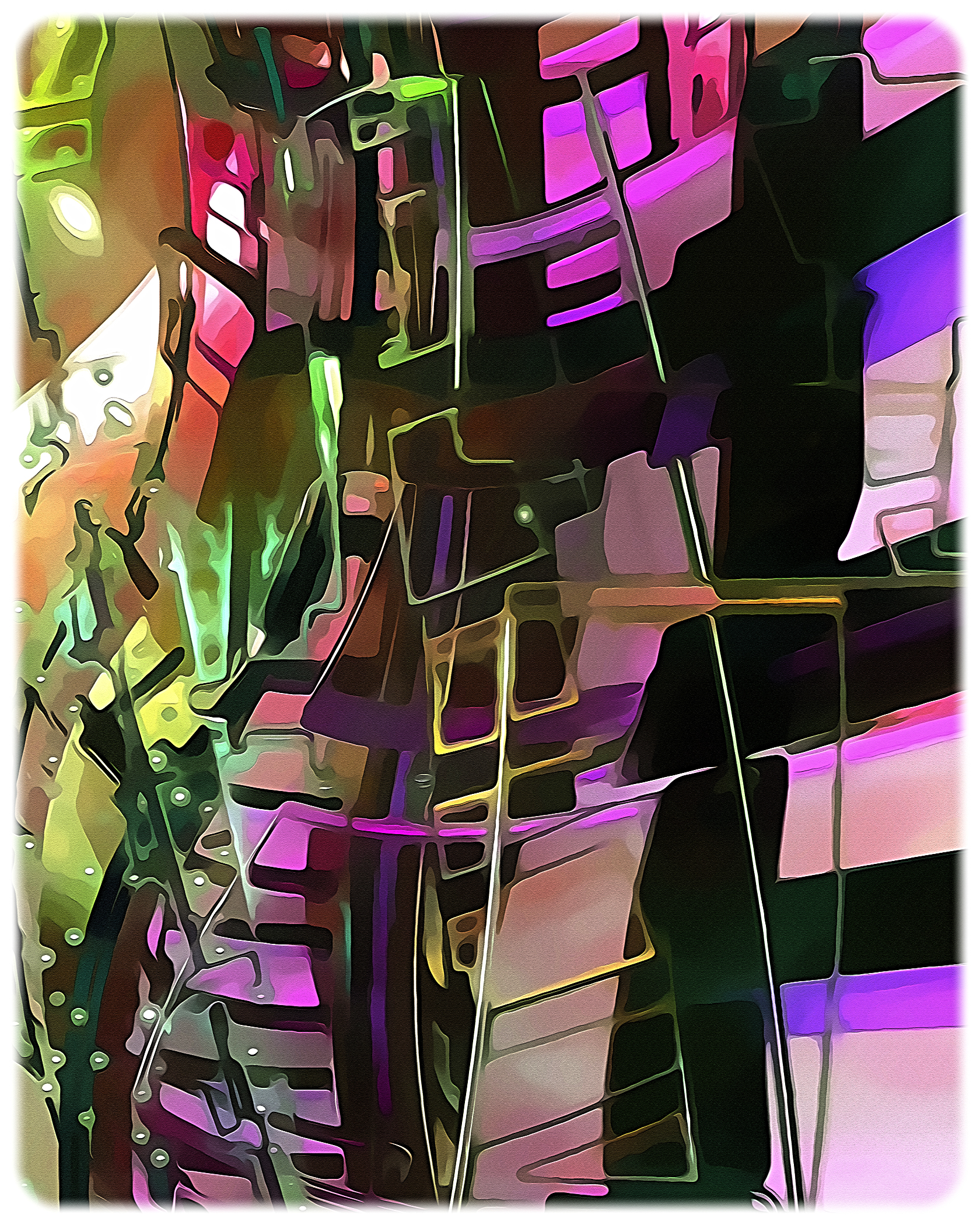Artist statements that accompany award winning photographs often include words to the effect that “No Photoshop or post-production editing was used.” The disclaimer reinforces the idea that manipulating photography is akin to cheating; that only purist photography honors the years of experience required to hone a technical skill, not to mention the accumulation of expensive equipment.
I would say, to the contrary, that any artistic practice that captures light with a camera and presents or projects it onto paper or other substrates is photography by definition. There are many great examples of this by Man Ray and others where even the camera was eliminated from the equation.
All photography is manipulated. Lenses, exposure, shutter speed, framing, cropping, chemicals, dodging, burning, and myriad printing choices are only some of the ways that “pure” photography is orchestrated with every choice. It seems ridiculous and counter productive to argue that older technology somehow infuses art with integrity.
The human eye detects light between 430-770 THz. Our ears can detect sound between 20Hz – 20KHz. This is only a fraction of the entire range of frequencies in the light and sound spectrum. Clearly, we are always surrounded by a range of reality that we can neither see nor hear.
Art often emerges in the realm of this shadow world. If we choose to look beyond our restrictive assumptions, we can engage our limitless imagination to coax it into view.
Purists say anyone can use Photoshop to “jazz up” photos. The huge number of bad examples available on every social media platform is stated as the supporting evidence. But ever since cameras have gone mainstream, there have been an equal number of bad attempts at pre-digital photography, as well as every other form of artwork I might add.
Back Alley Hong Kong
My own digitally manipulated images, which I call Photo Expressionism, have evolved from a complex process developed over years of trial and error. They can only result from carefully chosen source material which is always my own photography. I’m not just playing around with pixels (though the creative process is always exhilarating). The fundamentals of photography are the tools in my paintbox.
When we experience how visual recognition can be persuaded into an entirely different conclusion, we realize that sensory input (perception) is manipulated in our brains to give it meaning. This processing is called apperception. When it happens automatically (which is most of the time for most people), it relies on the history of our unconscious associations. When apperception involves choice, as I try to illustrate in all my work, our consciousness is expanded in novel and liberating ways. Many artists employ similar methods of discovery with always evolving painting techniques.
Art often achieves transcendence by limiting variables in the creative process. Restriction can be a powerful means for achieving focus. At its best, so called “purist” photography shines as a great example of this. There is always room for diversity and experimentation in art; it doesn’t need to be superior or exclusionary. There is no more benefit today from trying to elevate one method of creation over another than there was when the French Academy excluded Impressionism from the Salon. The impact of the end result is ultimately what justifies the journey.
